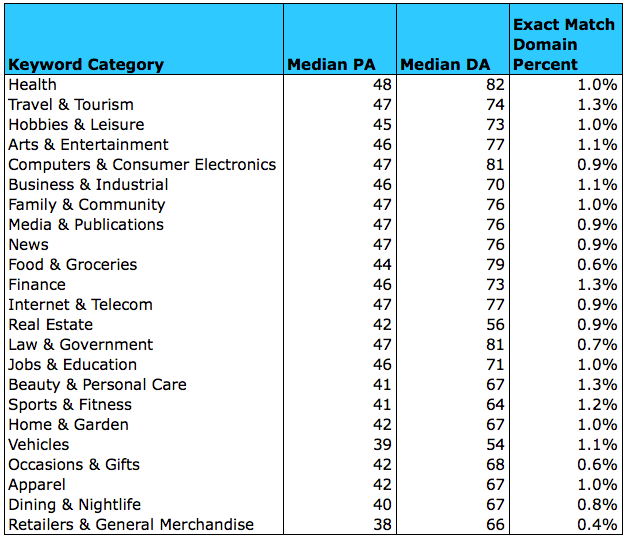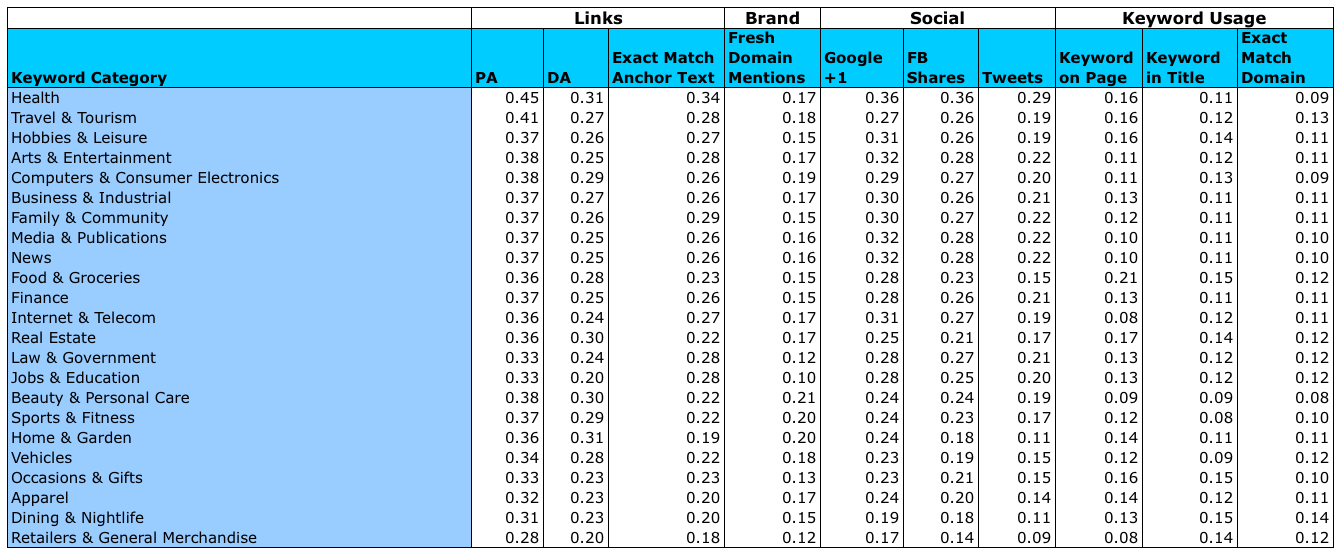Mish's Global Economic Trend Analysis |
- Is Selling Bonds the Taste of Things to Come?
- Is Obamacare Really Responsible for Rise in Part-Time Employment? If So, Why Doesn't Average Weekly Hours Show Just That?
- Philly Fed Misses Expectations; Industrial Production Unchanged; Manufacturing Declines; Treasury Yields Soar Anyway
- Wal-Mart, Macy's, Kohl's Cut Profit Outlook; Cisco to Cut 4,000 Jobs, Blames Weak Economic Recovery
| Is Selling Bonds the Taste of Things to Come? Posted: 15 Aug 2013 07:38 PM PDT Treasury yields are on the rise as I have noted on numerous occasions recently. The action has prompted the world's largest hedge-fund manager, to throw in the towel on treasuries and inflation-linked TIPS. Please consider Dalio Patched All Weather's Rate Risk as U.S. Bonds Fell As the bond market plunged in late June, Ray Dalio convened the clients of Bridgewater Associates LP, the world's largest hedge-fund manager, to tell them that a fund designed to withstand a broad range of market scenarios was too vulnerable to changes in interest rates.Reflections on Leverage Lovely. All Weather now has a mere 144 percent leverage? What happens if stocks, bonds, and commodities all take a dive? Here's the deal: This selloff in treasuries may be over. Or it may not be. Anyone who thinks they know is fooling themselves. What I do know is leverage works both ways. I also know that the Fed has so distorted the economic horizon that it is next to impossible to predict what's coming down the pike. Stocks, bonds, and commodities other than gold all rose in union over the past few years. My bet is on an unwinding of that trade. I see no value in treasuries, no value in corporate bonds, no value in equities, and no value in municipal bonds. I do see value in gold, so that is where I am. Without leverage. Patiently waiting. Mike "Mish" Shedlock http://globaleconomicanalysis.blogspot.com |
| Posted: 15 Aug 2013 01:20 PM PDT Inquiring minds are digging into average weekly hours of workers looking for Obamacare effects on which to place blame. Average Weekly Hours Of Production And Nonsupervisory Employees  Since this data series began in 1964, the average weekly workweek has been trending lower. Note the tendency following each recession. 1990-1998 is the only exception to the general rule that hours never recovered to the previous pre-recession level. Last Five Observations
Lets' zero in to a tighter timeline for a closer look.  The second chart shows that in spite of Obamacare, average weekly hours has been bouncing between 33.6 and 33.8 for quite some time. Several readers emailed such data is proof that Obamacare is not having the effect that I have repeatedly stated that it has. They are wrong. Just because hours have stabilized does not mean there is no Obamacare effect. It simply means some industries have not been impacted as much as others. You just have to know where to look. Focus on Home Centers, General Merchandise, Services for Elderly Jed Graham at Investor's Business Daily highlights select areas in his report ObamaCare Fuels Sharp Workweek Drop In 4 Industries, while coming to the proper conclusion. Anyone who insists ObamaCare employer penalties aren't having a meaningful impact on work hours simply hasn't looked closely at the evidence.Questions and Answers Q: Why doesn't a chart of average weekly hours show the Obamacare effect? A: It does. You just have to look in the right places. Q: Is Obamacare responsible for the overall trend of declining workweek hours? A: The workweek has been declining since the series began, so the answer must be no. However, Obamacare has indeed contributed to the trend as shown above. Q: Is Obamacare to blame for rising part-time employment? A: Yes Obamacare Effects For more on "Obamacare Effects", please see
As Jed Graham states "Anyone who insists ObamaCare employer penalties aren't having a meaningful impact on work hours simply hasn't looked closely at the evidence." To which I would add ... the economic distortions go far beyond part-time employment. Mike "Mish" Shedlock http://globaleconomicanalysis.blogspot.com |
| Posted: 15 Aug 2013 10:33 AM PDT Philly Fed Misses Expectations Bloomberg reports Manufacturing in Philadelphia Regions Expands for Third Month The Federal Reserve Bank of Philadelphia's general economic index fell to 9.3 this month from a reading of 19.8 in July that was the highest since March 2011. Readings greater than zero signal growth in the area, which covers eastern Pennsylvania, southern New Jersey and Delaware.Industrial Production Unchanged Manufacturing in the Philadelphia region may be up, but overall manufacturing is negative while industrial production is unchanged for July. Industrial production in the U.S. was unchanged in July as a slowdown at factories overshadowed an increase in mining.Month-Over-Month Manufacturing Declines  Manufacturing is down month-over-month but only slightly. Let's look at some longer term trends in manufacturing and industrial production. Industrial Production Percent Change From Year Ago  Manufacturing Percent Change From Year Ago  Trends are certainly weakening in manufacturing and industrial production. Wal-Mart Cuts Profit Outlook As noted earlier, Wal-Mart, Macy's, Kohl's Cut Profit Outlook; Cisco to Cut 4,000 Jobs, Blames Weak Economic Recovery. With a weaker than expected Philly Fed, negative manufacturing, flat industrial production numbers, and a declining outlook at Wal-Mart and other retail stores, one might have thought treasury yields would drop. Nonetheless, treasury yields rose, presumably on the assumption the Fed is still going to taper asset purchases starting next month and the economy will strengthen. The first assumption is questionable, the latter is highly overoptimistic. $TNX 10-Year Treasury Yield  $TYX 30-Year Treasury Yield  Yields Rise Significantly in Two Days
Curve Watchers Anonymous offers the following chart to help put things in proper perspective. Yield Curve Historical Perspective  click on chart for sharper image
To understand the significance of this move higher in treasury yields, please see Mortgage Applications Decline 13th Time in 15 Weeks; Are Mortgage Rates Cheap? What's Next For Housing? Mike "Mish" Shedlock http://globaleconomicanalysis.blogspot.com |
| Wal-Mart, Macy's, Kohl's Cut Profit Outlook; Cisco to Cut 4,000 Jobs, Blames Weak Economic Recovery Posted: 15 Aug 2013 08:36 AM PDT The earnings hit parade keeps on rolling, but not in the directions bulls wanted or expected. And with stocks priced well beyond perfection, today's reaction should hardly be a surprise. Yet, treasury yields soared once again in spite of poor earnings, and in spite of a flat industrial production report. Wal-Mart, Macy's, Kohl's Cut Profit Outlook Yahoo!Finance reports Wal-Mart cuts profit outlook on shopper worries Wal-Mart Stores Inc. cut its annual profit and revenue outlook Thursday as the world's largest retailer expects a tough economy at home and abroad to continue to squeeze its low-income shoppers through the rest of the year.Cisco to Cut 4,000 Jobs, Blames Weak Economic Recovery The Wall Street Journal reports Cisco to Cut 4,000 Jobs, Blames Weak Economic Recovery. Cisco Systems Inc. is once again tightening its belt, this time before bad news hits the bottom line.Cisco may be a mixed bag, but the outlook for retailers certainly is not. Wal-Mart accounts for a whopping 10 percent of nonautomotive retail sales, and its outlook is telling. And once again interest rates are up across the US treasury curve which certainly will not be good for housing or jobs. Mike "Mish" Shedlock http://globaleconomicanalysis.blogspot.com |
| You are subscribed to email updates from Mish's Global Economic Trend Analysis To stop receiving these emails, you may unsubscribe now. | Email delivery powered by Google |
| Google Inc., 20 West Kinzie, Chicago IL USA 60610 | |


































